How Lewis and Clark Helped Shape American English
More than one thousand words appeared in print for the first time in the explorers’ journals.
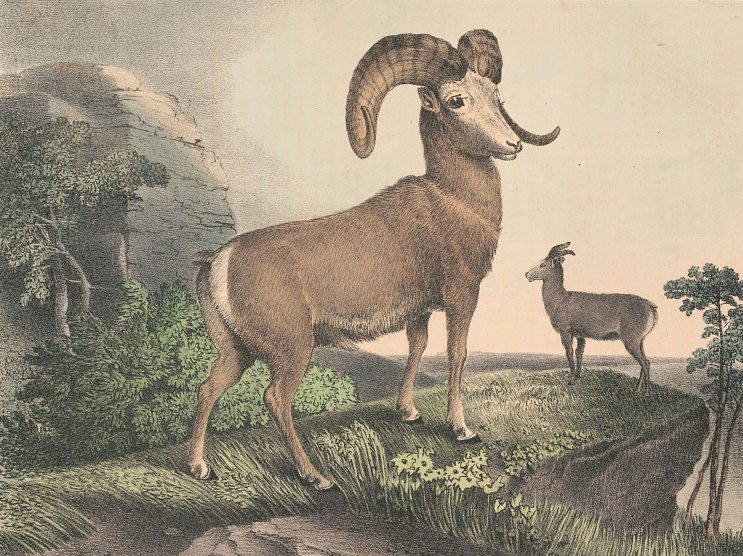
When U.S. President Thomas Jefferson sent former soldiers Meriwether Lewis and William Clark on their cross-continental trek in 1804, he directed them to record every object in their surroundings “worthy of notice… especially those not known in the U.S.” Jefferson had recently purchased the Louisiana Territory from France. The Territory covered a vast region that stretched from New Orleans in the south to Canada in the north, and west as far as the Rockies. It was an area virtually unknown to Americans, and now Jefferson wanted to discover what was out there.
The president knew that future mapmakers, naturalists, and other scientists would rely on the valuable first-hand knowledge that Lewis and Clark collected. He encouraged them to make their observations “with great pains and accuracy … for others as well as yourself.” That meant that every time they encountered an unfamiliar plant, animal, landscape feature, or cultural item—the Louisiana Territory and the western portion of the continent teemed with them—they had to invent a new term. According to Lewis and Clark: Linguistic Pioneers, a 1940 study by Elijah Criswell, more than one thousand words appeared in print for the first time in Lewis and Clark’s journals. Many eventually entered the permanent American English vocabulary.
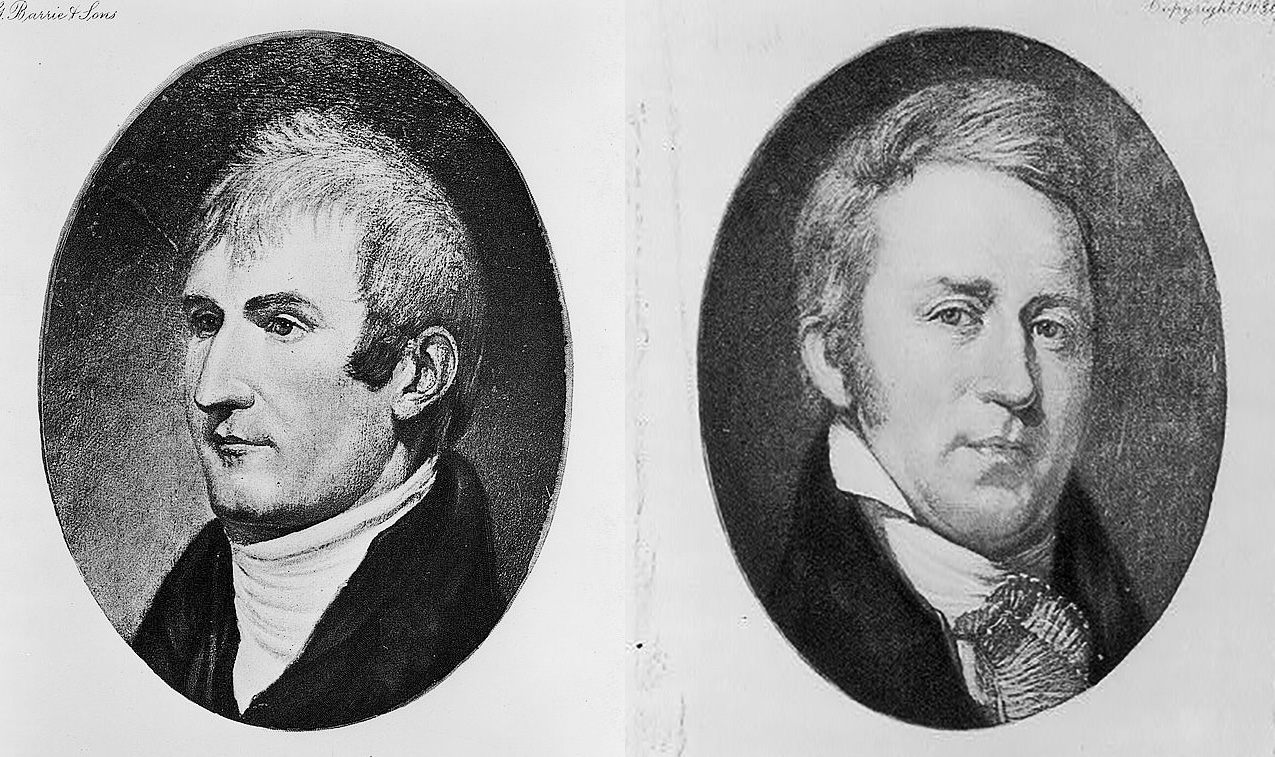
The success of the expedition, known as the Corps of Discovery, depended on Lewis and Clark having sharp eyes and good descriptive capabilities. Alan H. Hartley, author of the 2004 book Lewis and Clark Lexicon of Discovery, notes that without word creation skills, “it would have been difficult for them to discuss their discoveries amongst themselves, and even more difficult to convey and explain the discoveries to their sponsors—who had, in many cases, not been far inland from the eastern seaboard.” Carefully worded descriptions were essential.
One of Lewis and Clark’s primary methods for creating new terms was naming animals or plants according to some salient feature, whether physical, behavioral, or otherwise. The explorers noticed “a curious kind of deer,” in Clark’s words, “its ears large and long,” that was obviously different from eastern deer. Lewis explains in his journal how they chose a name for it: “The ear and tail of this animal … so well comported with those of the mule … that we have … adapted the appellation of the mule deer.” Lewis called a small swan that he spotted along the Pacific coast the whistling swan because it made “a kind of whistling sound.” A mountain ram with unusually large, twisted horns was named bighorn. Other animals they noticed include tumble-bug (dung beetle), tiger cat (lynx), and leather-wing bat. Plants that received similar treatment include the red elm and the snowberry (“a globular berry … as white as wax”).
Occasionally, Lewis and Clark picked up a name from the French trappers who crisscrossed the region. Few of the terms stuck, but one that did is Yellowstone. Although they started by using the French, they eventually switched to an English translation. Clark uses both the French and the English versions in this line from his journal: “Capt. Lewis concluded to go by land as far as the Rochejhone [roche jaune, ‘yellow rock’] or yellow stone river.”
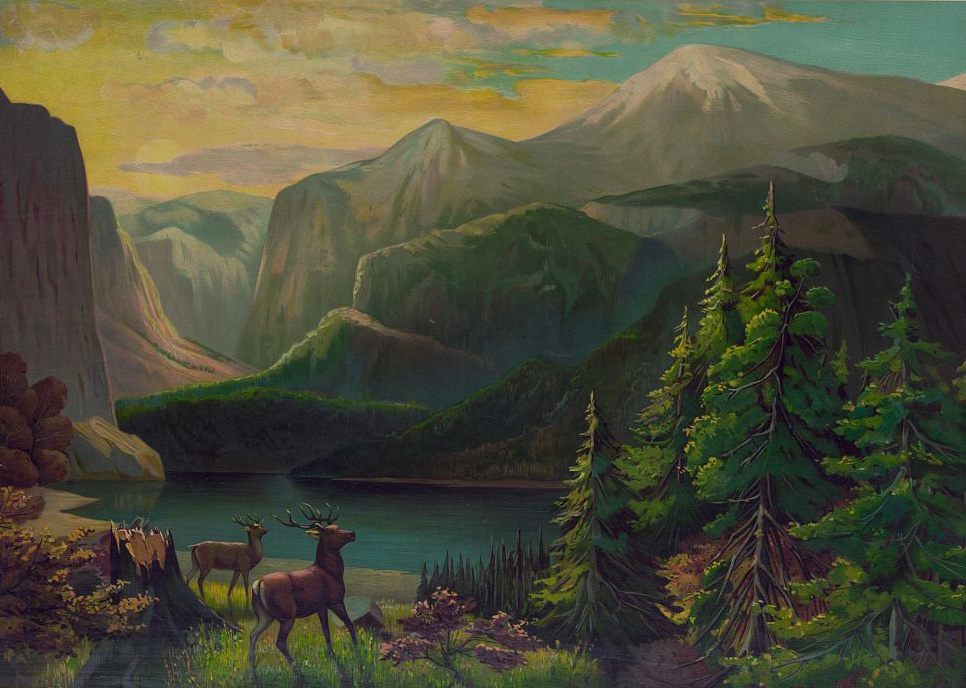
Lewis and Clark based some terms on where they found a plant or an animal—sand-hill crane, Osage apple, and various denizens of the prairie, such as prairie lark, prairie hen, prairie wolf (coyote), and prairie dog. They also noted when items were found in buffalo territory. Since the 18th century, Americans had been calling bison buffalo (a word that originally referred to oxen), and Lewis and Clark used that term for the bison they saw on the plains. They created or recorded several words connected with that animal—for example, buffalo grass (where buffalo graze), buffalo berry (found on the upper Missouri in buffalo territory), and buffalo robe (made from buffalo skins).
The explorers often went to great lengths to study a creature closely before deciding what to name it. “Though not self-proclaimed naturalists,” says Hartley, “they were keen observers and de facto naturalists.” They also knew that Jefferson wanted meticulous details. For instance, while the Corps overwintered in Oregon from 1805 to 1806, Lewis spotted what he suspected was a different kind of deer from the mule deer found on the plains, although it looked similar. He writes, “The Black-tailed fallow deer are peculiar to this coast.” The ears, he notes, are “rather larger… than the common deer,” and the horns resemble those of the mule deer. The tail is white, but the hair of the sides and top is “quite black.” Concluding that these deer were a distinct type, he labeled them black-tailed deer. Lewis’s instincts were right. Zoologists later classified the Columbian black-tailed deer (Odocoileus hemionus columbianus) as a subspecies of the mule deer (Odocoileus hemionus).
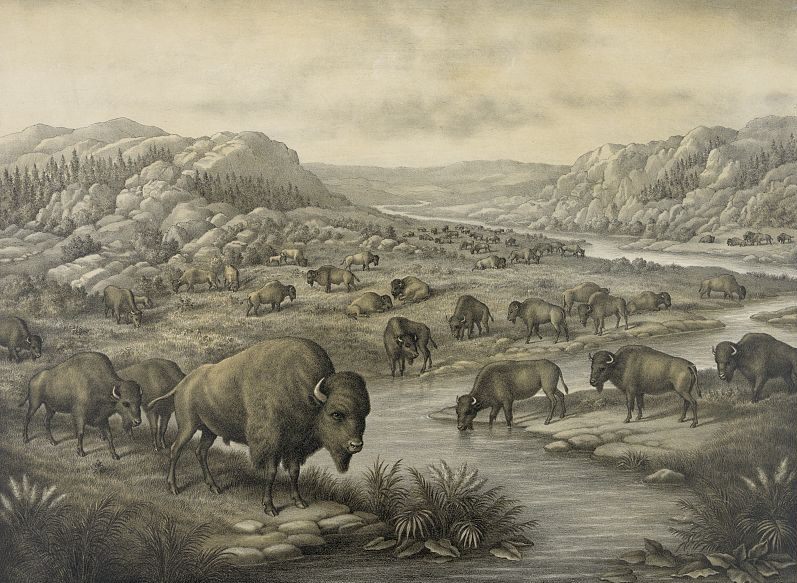
Before deciding what to call the grizzly bear, Lewis and Clark studied several pelts and consulted with indigenous people. The men first mention grizzlies in their journals while in present-day Montana. Lewis initially calls them brown or yellow bears, saying their color is “yellowish brown.” Others in the party describe the bear as “whiteish,” and Clark sometimes refers to the creatures as “white bears.” After the men had shot several and taken a close-up look, they realized that the fur was variegated, often featuring silvery tips. Clark started calling the bear grizzly, a word for gray, and Lewis eventually followed suit. Lewis recounts a discussion with a band of Nez Perce in Idaho, who studied “several skins of the bear which we had killed” and concurred that they were members of the species the explorers named grizzly. Lewis concludes in his notes that the bears they had been calling brown or yellow, whiteish, and grizzly are all “the same species or family of bears, which assumes all those colors at different ages and seasons of the year.”
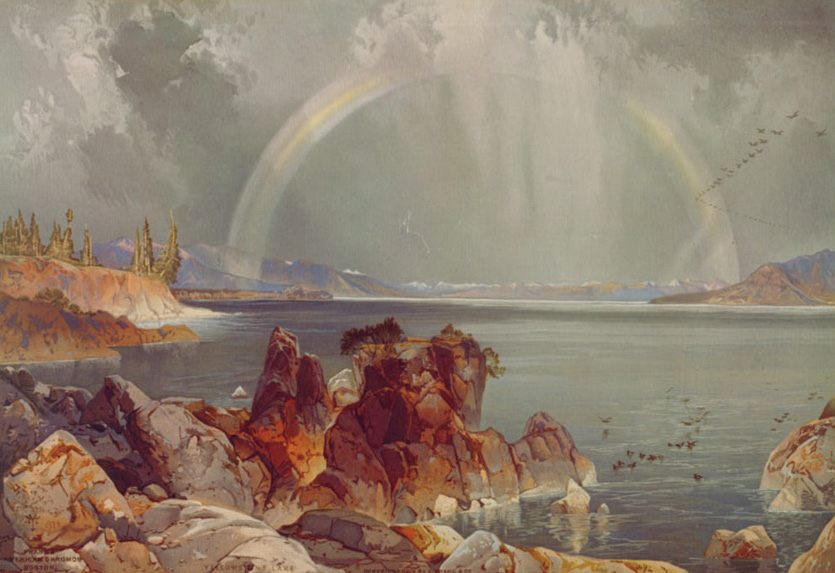
The Corps of Discovery passed through the territories of many Native American tribes. Besides the Nez Perce, they encountered Mandans, Hidatsas, Lakota Sioux, Shoshones, Chinooks, Arikaras, and others. They often collected information about the region from the people they met, and occasionally adopted and adapted words. Like the French terms, most never made it into the larger vocabulary. One word that’s still current is camas, a lily-like plant with an edible bulb that’s found in the Northwest.
Lewis and Clark also gave English names to several Native American cultural items. They called a tribe’s meeting house a council house, and the place for taking steam baths a sweat lodge or sweat house. “I saw near an old Indian encampment a sweat house covered with earth,” writes Clark in his journal. They also adopted a specific meaning for medicine—something with magical powers—which was probably a translation of the Ojibwe word mashkiki. Lewis writes, “Everything which is incomprehensible to the Indians, they call big medicine.” The word appears in the journals in several combinations, including medicine man, medicine bag, medicine dance, and war medicine. Clark records that some of the party went to see a ceremonial “war medicine” dance while the Corps was camped among the Mandan tribe.

Lewis and Clark brought back descriptions of many plants, animals, and birds that were unfamiliar to eastern Americans. Occasionally they were rewarded for this valuable contribution to science by having a species named after them. When Lewis noted a “black species of woodpecker about the size of a lark woodpecker,” he predictably called it the black woodpecker, but ornithologist Alexander Wilson called it Lewis’s woodpecker (Melanerpes lewis), the name that appears in his early 19th-century book American Ornithology. Wilson also awarded Clark a bird name. He called Nucifraga columbiana, first described by Clark as “a bird of the woodpecker kind,” Clark’s nutcracker.
Lewis and Clark couldn’t take snapshots of their journey, so they revealed the trans-Missouri west to Americans in the only way they could. They brought back a word picture. Their carefully wrought journals created a lasting record of the territory before American settlement, and laid the groundwork for future expeditions. As Hartley says, “Lewis and Clark broadened greatly the United States’ view of the continent and couldn’t have done so efficiently without new or repurposed vocabulary.”




















Follow us on Twitter to get the latest on the world's hidden wonders.
Like us on Facebook to get the latest on the world's hidden wonders.
Follow us on Twitter Like us on Facebook